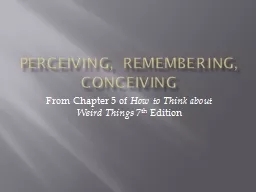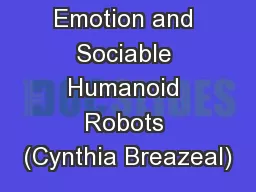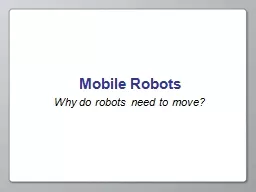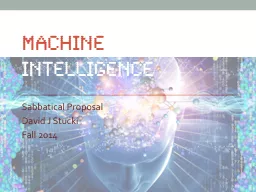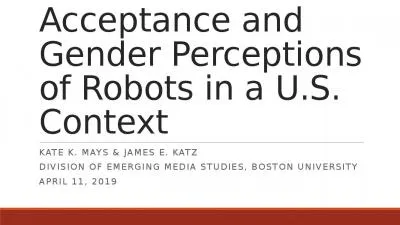PPT-Wendell Wallach: Ethics, Law, and the Governance of Robots
Author : sherrill-nordquist | Published Date : 2018-03-22
J Blackmon Introduction Alan Turing 1950 and The Turing Test IBMs Deep Blue beats world champion Garry Kasparov in chess 1997 IBMs Watson beats two champions on
Presentation Embed Code
Download Presentation
Download Presentation The PPT/PDF document "Wendell Wallach: Ethics, Law, and the Go..." is the property of its rightful owner. Permission is granted to download and print the materials on this website for personal, non-commercial use only, and to display it on your personal computer provided you do not modify the materials and that you retain all copyright notices contained in the materials. By downloading content from our website, you accept the terms of this agreement.
Wendell Wallach: Ethics, Law, and the Governance of Robots: Transcript
Download Rules Of Document
"Wendell Wallach: Ethics, Law, and the Governance of Robots"The content belongs to its owner. You may download and print it for personal use, without modification, and keep all copyright notices. By downloading, you agree to these terms.
Related Documents

